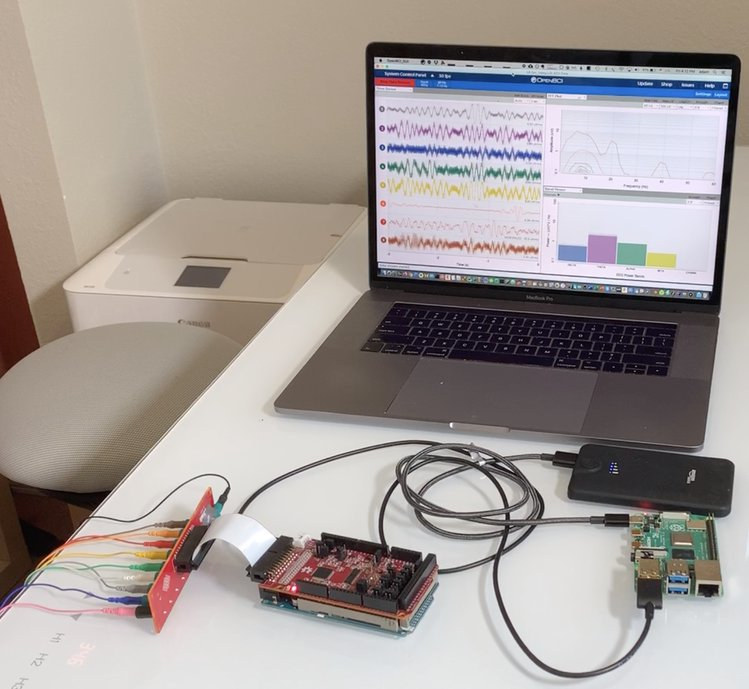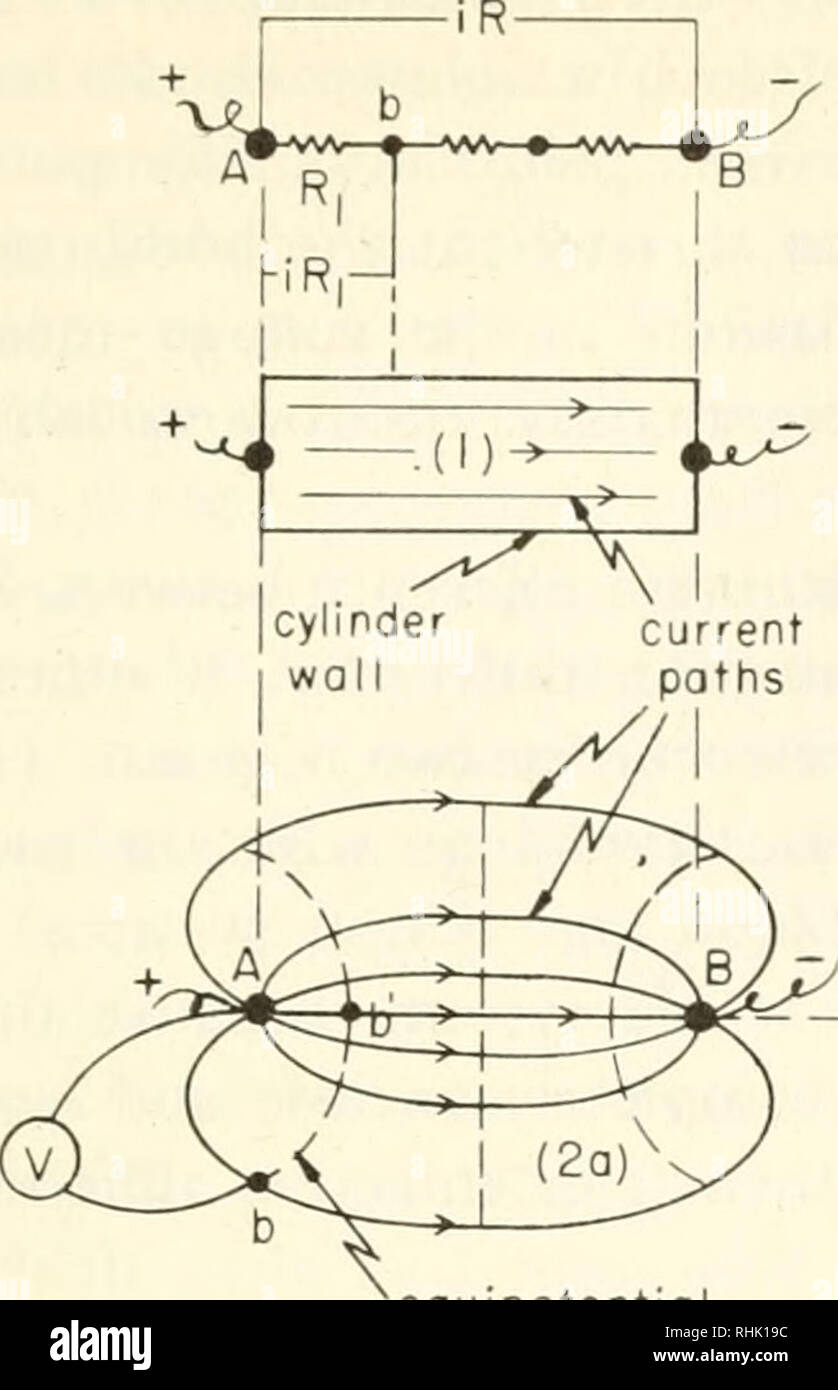

The information processed by these intrinsic neurons is sent to the sinoatrial node, the origin of the electrical activity of the heart, along with the atrioventricular nodes and the heart muscles.

These intrinsic cardiac ganglia predominantly integrate the messages from the brain and all the other processing centers in a human body along with the information from the cardiac sensory neurites. These neurites sometime originate from the heart instead of the brain, but have similar functional parameters. There are multifunctional neurites distributed throughout the heart. The cardiac nervous system comprises of complex ganglia, including afferent interneurons and efferent sympathetic and parasympathetic neurons. Additionally, people have also investigated heart rate variability and heart rhythms as a reflection of emotional state and stress. Several researchers have pursued research related to psychological and physiological aspects to study neurocardiology. Stress and general emotions affect the autonomic nervous system, the hormonal system, the immune system, and the interaction between heart and brain. The inherent communication between the heart and brain leads to several factors like information processing, perceptions, emotions and general health. The paraphernalia of emotions on the heart and brain are premeditated because of the interaction between the central and peripheral nervous system. Neurocardiology is the exploration of neurophysiological, neurological and neuroanatomical facets of neuroscience's influence in cardiology. Similarly, HRV (Heart Rate Variability) widely investigated for its provision and discerning characteristics towards EEG and the perception in neurocardiology. Confluence of medical and engineering science has enabled the monitoring and discrimination of emotions influenced by happiness, anxiety, distress, excitement and several other factors that influence the thinking patterns and the electrical activity of the brain. Emotions are best represented through EEG signals, and to a certain extent, can be observed through ECG and body temperature.

Emotions contribute vitally to the mundane life and are quintessential to a numerous biological and everyday-functional modality of a human being. The factors include: interaction between sleep EEG (electroencephalogram) and ECG (electrocardiogram), relationship between emotion and music, psychophysiological coherence between the heart and brain, emotion recognition techniques, and biofeedback mechanisms. This is an investigative attempt to study emotion based neurocardiology and the factors that influence this phenomenon. Neurocardiology is the exploration of neurophysiological, neurological and neuroanatomical facets of neuroscience’s influence in cardiology.


 0 kommentar(er)
0 kommentar(er)
